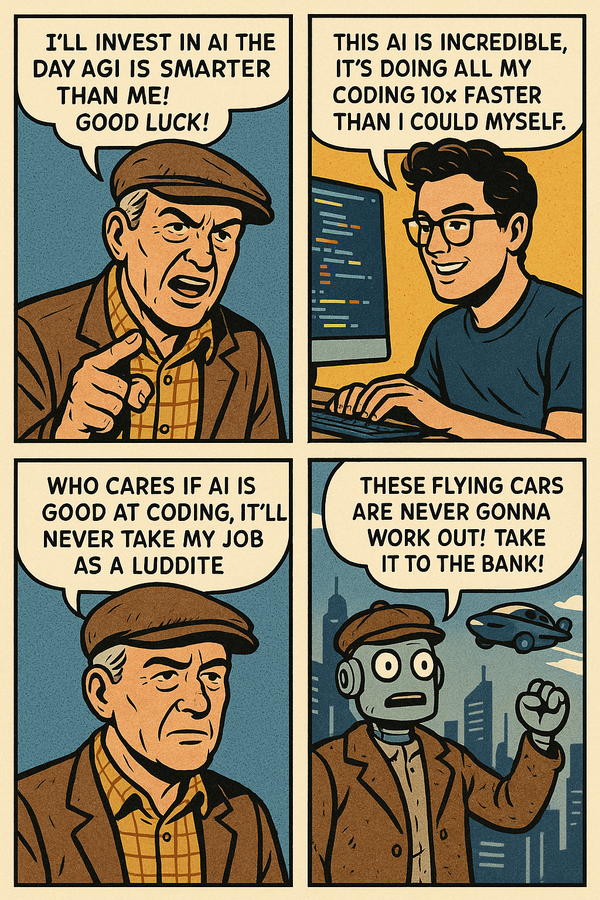Why buy into apps? Why invest in the clo…
Why buy into apps? Why invest in the cloud? Why not industrials and retail? Why bet against energy and financials? I am often asked why I am investing in the areas I’m focusing on and why I am ignoring other sectors of the economy.
Let’s break this concept down.
the single biggest key to successful investing is to find marketplace revolutions as they are about to develop and to buy the companies best positioned for those revolutions and to short the companies that are about to displaced by such revolutions.
Typically, there are two drivers of marketplace revolutions — technological and political. In 2011, investors need to be positioning for both types.
As I’ve pointed out before, we’ve never seen a new marketplace revolution, driven exclusively by technology, like we are witnessing in the app revolutions and the cloud revolutions. Think back to the impact on society, the economy and the stock market that the car and train revolutions had. Same goes for the impact on society, the economy and the stock market that the radio and television revolutions had. Think back to the PC revolution. How about the Internet revolution?
Each of those revolutions made fortunes and destroyed centuries-old business models as they played out. But none of the rises of those revolutions can compare to the rise of the app/cloud/smartphone/tablet revolution now starting to play out before your eyes. Let’s look at the facts:
In 1922, only one household out of 500 had a radio set. By 1926, the ratio was up to one in twenty. By 1930, saturation of the market was nearly total. In the mid 1920’s, in just four quarters of trading, the stock of Radio Corporation of America went from just over $85 a share to $549. That was as it headed into the bubble that finally popped in 1929.
Ten years later, the TV was hitting the marketplace at the 1939 World’s Fair. A full eight years later, in 1947, there were fewer than 200,000 sets in America. Five years later, that 200k spiked to 18 million installed in the U.S.
In 1992, the number of Internet-connected American households was less than 2 million. Fifteen years later, it was more like 75 million.
And how about today? In 2005, there were about 10 or 20 million smartphones sold around the world. By 2010, there were close to 300 million smartphones sold around the world. By 2020, there will be more than one billion smartphones sold EVERY YEAR.
And tablets? In 2009, there were less than a million tablets sold total in this country alone. In 2013, there will be more than 100 million tablets sold in this country alone.
By 2020, we’re talking about several billion smartphones and tablets being used daily around the world. We’ll see trillions of connections made to the Internet every day, surfing, watching videos, playing games, chatting, trading and who knows what else.
Can you talk about this kind of growth in any other marketplace in the world? No, because the world has never seen such marketplaces come through. And if RCA can go from $85 to $550 in a year and if the radio marketplace bubbled as companies like RCA were able to raise so much money to spend on expanding their businesses, then what does that history lesson say about the probability that we’re heading into an app marketplace bubble. And if early TV investors created lasting fortunes as the TV bubble grew and then popped, then what does that say about early app investors today? And if there were billions to be made in the Internet bubble before it popped, then what does that say about the trillions to be made in the app/cloud/smartphone/tablet bubble as it’s being blown up before it eventually someday pops?
It says we’re right for staying focused on the biggest opportunities that the world has ever seen. And it means we need to be ready to sell someday — when this playbook for making fortunes in big bubbles before they expand says that we’re getting closer to the pop.




